Description
Introduction
The EMT Bandlock Quick Opening Closure, manufactured by EMT, is a highly specialized mechanical device that provides swift, secure access to pressure vessels and pipelines. Its unique feature is its rapid operation, capable of opening or closing any unit size in under a minute without the requirement of special tools. This capability of providing horizontal or vertical access to pressure vessels makes it an indispensable tool in high-pressure applications, especially in oil and gas transmission pipelines.
The design of the Bandlock Quick Opening Closure is a testament to innovation, employing computer-aided technology to achieve a lightweight yet robust structure. The design includes a duplex stainless steel conical thrust ring or ‘bandlock’, which evenly distributes the pressure load around the full 360° circumference of the hub. Moreover, it incorporates extensive safety measures, including a hand-operated pressure warning screw and optional mechanical key interlocks. With a wide range of sizes, temperature and pressure capacities, and configurations, the Bandlock Quick Opening Closure upholds a remarkable standard of efficiency and safety in the industry.

Design Features of the Bandlock Quick Opening Closure
Seal of the Bandlock Quick Opening Closure
The Bandlock Quick Opening Closure makes use of a specially created, zero-pressure-energizing double-edged lip seal. The door face houses this unique design, offering protection and ensuring a longer lifespan. Innovative one-piece molding of the seal allows for simple installation without the use of specialist tools. It comes in a range of elastomers and features a stainless steel spring to ensure full vacuum capacity and avoid extrusion under high-pressure circumstances. Amazingly adaptable, this one-piece seal design works well in both horizontal and vertical applications.
Another remarkable feature of the Bandlock Quick Opening Closure is the seal material. Nitrile with a shore hardness of 75 degrees is the usual seal material. Viton, explosive decompression-resistant Fluorocarbon, and HNBR seals are other alternatives, though. Depending on the particular elastomer used, the seal may tolerate a wide temperature range of -58 to +392 degrees Fahrenheit. The seal’s resilience and effectiveness in a variety of operating circumstances are ensured by the careful study of materials and design.
The EMT Bandlock Closure delivers instant access to pressure vessels such as pipeline Pig Traps, Filters, Coalescers, Separators, and more, accommodating both horizontal and vertical positions. Its operational speed outshines other quick opening closures. The design, honed using computer-aided techniques, ensures a weight-efficient structure through the use of finite element analysis and strain gauge proof testing, conforming to main pressure vessel codes. The device’s moniker, ‘Bandlock’, comes from its reliable locking mechanism – a duplex stainless steel conical thrust ring placed between the door and neck, which uniformly distributes loads around the entire 360° perimeter of the neck.
Maintenance of the Bandlock Quick Opening Closure
- Begin with a visual inspection of the closure’s exterior. Look for any surface blemishes, signs of deformation in the components, loose bolts or screws, and overall cleanliness.
- Proceed to unlock and open the closure, then remove the seal from the door. Examine the seal for any damage. If it’s damaged, replace it; otherwise, ensure to thoroughly remove any oil or other contaminants. The seal’s lifespan is typically one year.
- Inspect the seal ring groove for any rust or dirt. If found, use sandpaper or emery cloth to meticulously clean it, followed by a wipe-down with a clean cotton cloth.
- Examine the contact surface between the door and the lock ring. If it’s dirty, ensure to clean it.
- Check the inner surface of the flange for any dirt or rust. If present, clean it using sandpaper and then wipe it with a clean cotton cloth. Pay special attention to the lock ring groove as it tends to accumulate dirt, which can hinder the installation of the lock ring.
- Look over the sealing surface for any mechanical damage or corrosion. If necessary, perform a polish to rectify it.
- After the cleaning process, apply lubricant to the sealing groove, lock belt groove, sealing surface, lock ring, and the contact surface of the lock ring and door. Ensure to spread a thin, even layer of grease.
- Examine the pressure warning bolt gasket for any damage. If it’s damaged, replace it. If not, clean the gasket and bolt hole, then apply a small amount of lubricant.
- When installing the seal, be mindful of the direction. Start the installation at the 12:00, 3:00, 6:00, and 9:00 positions, then press in the perimeter.
- Lastly, apply lubricant to any other moving or rotating parts to ensure smooth operation.
Safety Considerations for the Bandlock Quick Opening Closure
A strong safety system is included into the Bandlock Quick Opening Closure to guarantee secure operations in a range of scenarios. However, the usage of this closure carries possible dangers that must be managed properly, just like any mechanical system operating under extreme pressure. The following are some safety suggestions:
- Pressure Management: The most critical risk associated with the Bandlock Quick Opening Closure is the potential for sudden release of internal pressure. The closure is designed with a pressure warning screw, which prevents the door from being unlocked until all internal pressure is relieved, thus preventing accidental pressure release. Operators should always verify that the pressure is fully relieved before attempting to open the closure.
- Seal Integrity: A compromised seal can lead to leaks, which could potentially be hazardous. Regular maintenance, inspection, and replacement of the seal when necessary are crucial to maintain the integrity of the closure.
- Mechanical Damage: Any mechanical damage to the closure could compromise its performance and safety. Regular inspections for signs of wear, corrosion, and other damage can help ensure that any potential issues are addressed before they become significant problems.
- Proper Installation and Operation: Incorrect installation or operation of the closure can lead to safety risks. Operators should be adequately trained on the correct procedures for installing, operating, and maintaining the Bandlock Quick Opening Closure.
- Environmental Factors: The closure’s operation can be affected by environmental conditions such as temperature extremes. The Bandlock Quick Opening Closure is designed to operate within a wide temperature range, but it’s important to ensure that it’s not subjected to conditions outside this range.
Hydrostatic test
Hydrostatic testing is typically conducted as part of the comprehensive final examination of the vessel. However, should there be a need for an individual closure hydrostatic test, this can be arranged at an additional charge.
Conclusion
The EMT Bandlock Quick Opening Closure is an innovative presence in the arena of pressure vessel and pipeline technology, blending speed, safety, and versatility in a unique design. This closure, with its novel servo-acting double-edged lip seal, operates efficiently under zero pressure in both horizontal and vertical applications. Its seals, primarily made of Nitrile with a 75° shore hardness, exhibit resilience and durability across a broad temperature spectrum, with alternatives available for specific industrial requirements.
The Bandlock Quick Opening Closure’s pressure warning screw and optional mechanical key interlocks serve as visual cues that safety is a top priority in the design. This enables secure operations and makes it essential in high-pressure situations like oil and gas transmission pipelines. Coupled with a thorough maintenance protocol. Its versatility is further demonstrated by the option for individual hydrostatic testing. Thus, the EMT Bandlock Quick Opening Closure is a monument to the incredible results that can be achieved when security, effectiveness, and innovative design come together.

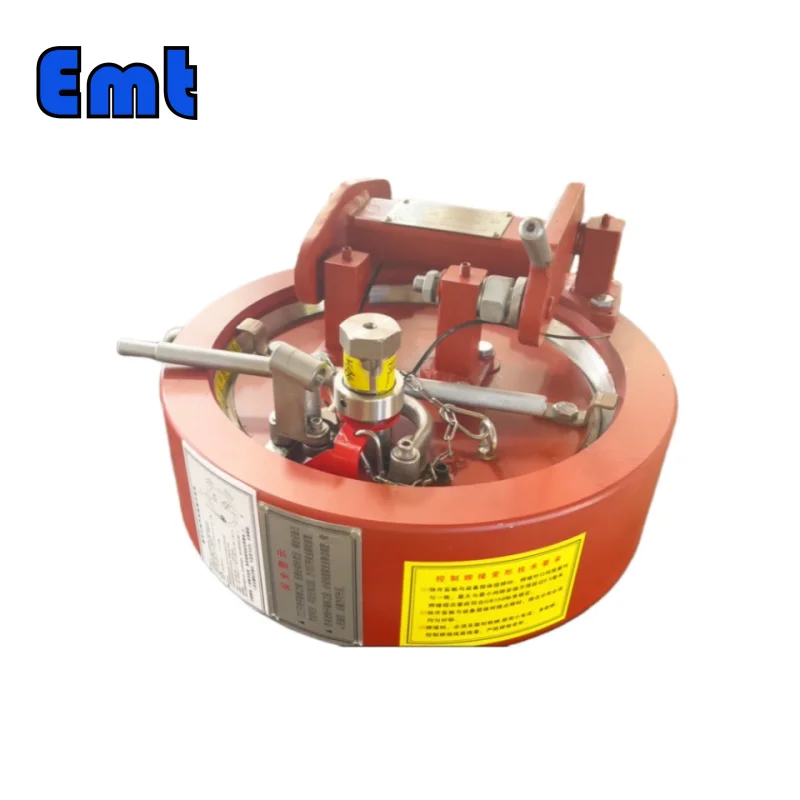
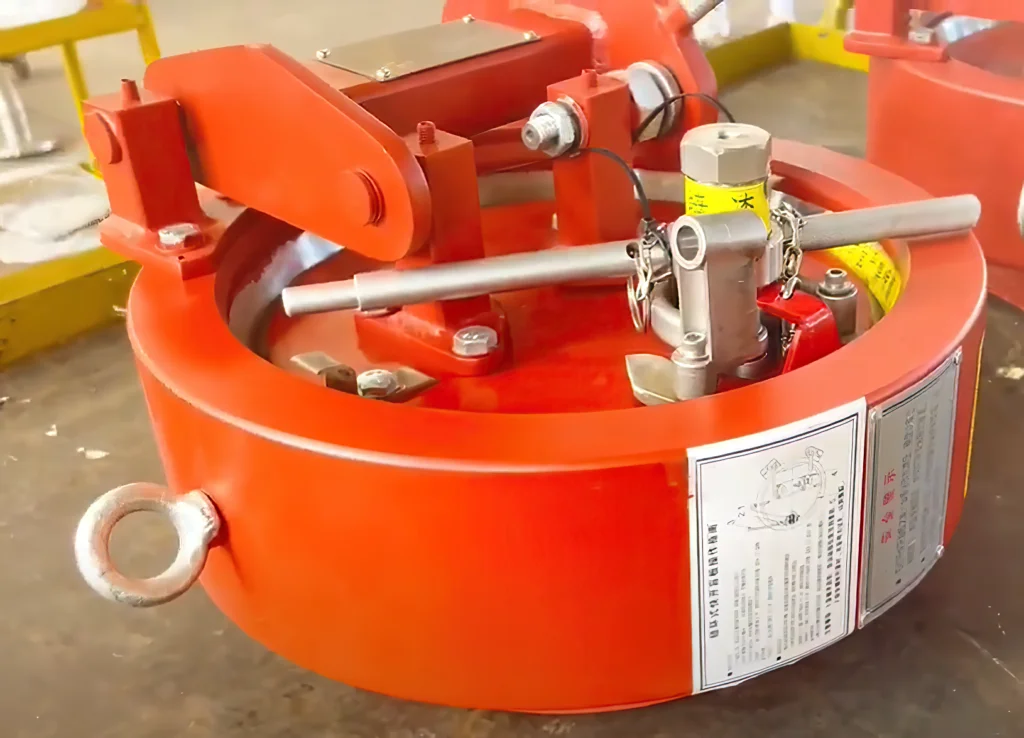
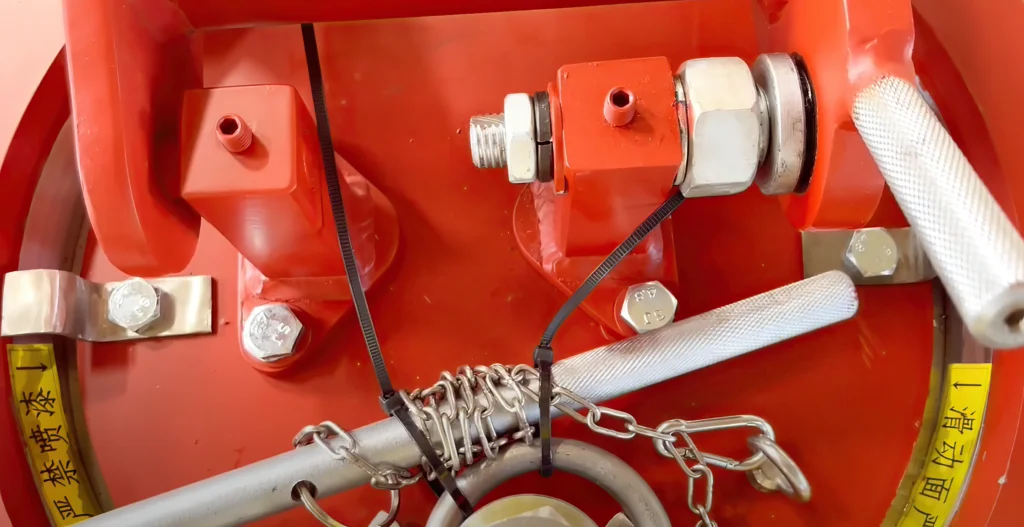
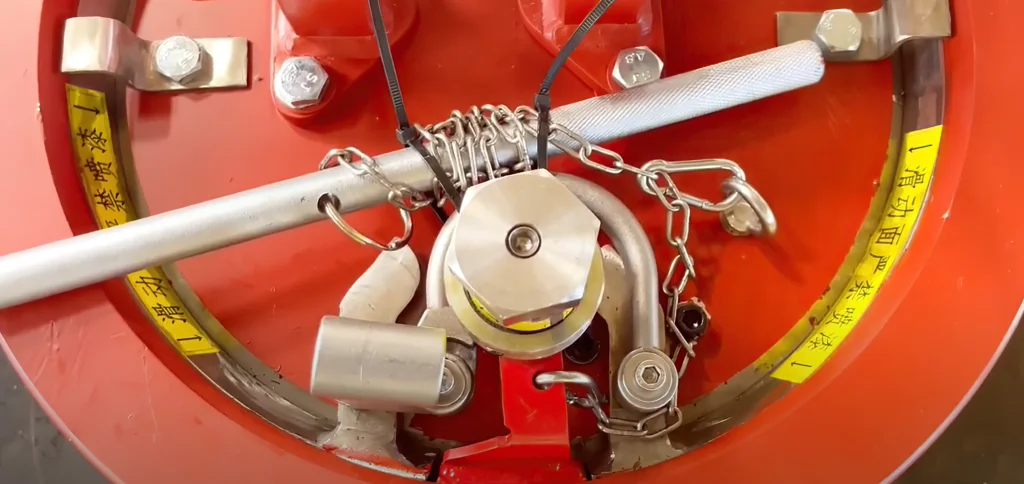
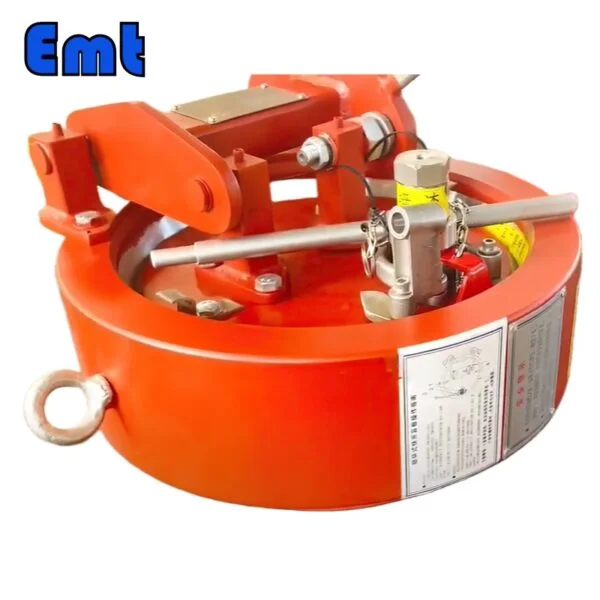
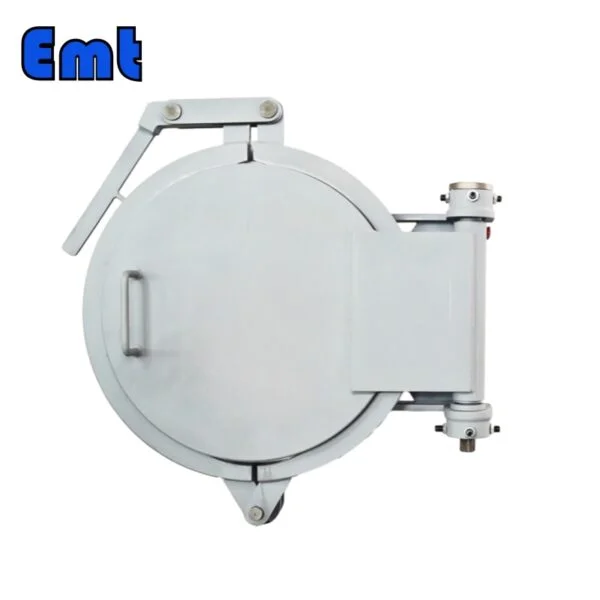
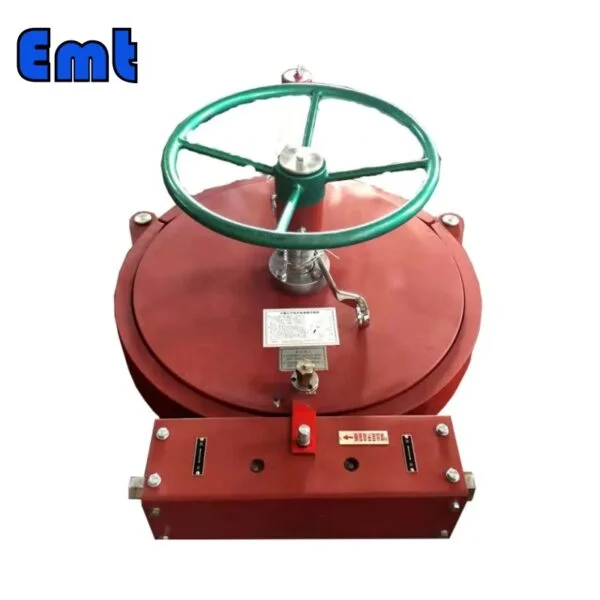
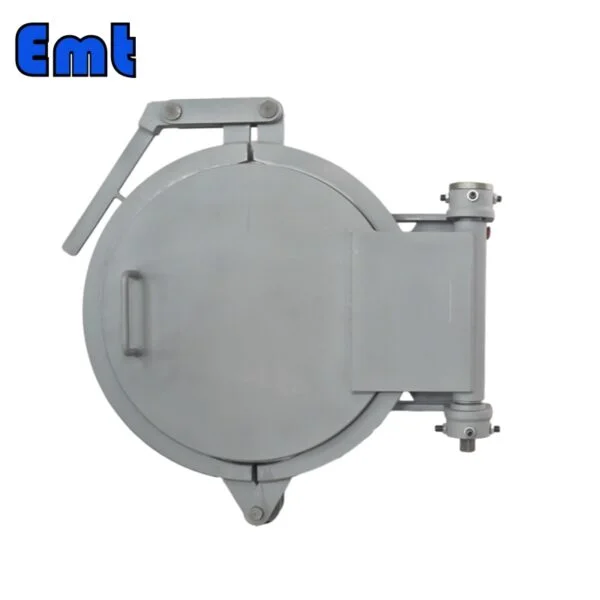
Reviews
There are no reviews yet.